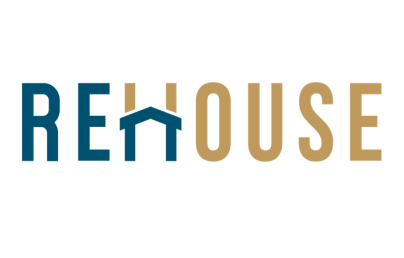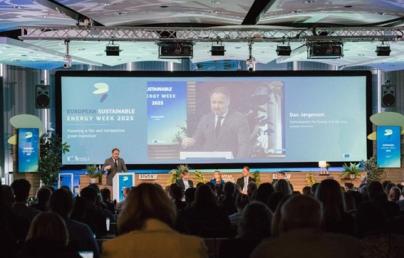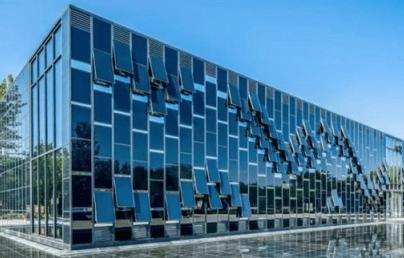
Legislative proposal in the UK: an opportunity for the 5GDHC?
Legislative proposal in the UK: an opportunity for the 5GDHC?
The United Kingdom is introducing an Energy Security Bill, setting up potential development areas for heat networks within the territory. The aim is to supply these areas with heat and cold in a cost-effective and carbon-free way: innovative heat networks and especially 5th generation district heat and cold (5GDHC) will be able to take advantage of this opportunity! The D2Grids pilot site in Plymouth is setting an example for future developments with the ‘District Energy Opportunity Areas’, which will enable the implementation of networks throughout the UK.
UK Context
According to the UK government, heat networks in the UK currently supply approximately 2% of the total heating demand, well below the 8.5% international average reported by the International Energy Agency (IEA). One of the primary reasons for this is that building owners have been able to take advantage of consistently very low gas prices and very low gas boiler costs in the UK.
On July 6th, 2022, the Energy Security Bill was introduced, aiming to deliver a ‘cleaner, more affordable, and more secure energy system’ for the UK. One of its core strategies includes legislation to stimulate the roll-out of heat networks, by designating zones in which connecting to heat network/s would be mandatory for some building owners. The UK government estimates that around 18% of UK heat demand could come from heat networks by 2050.
Heat Network Zoning
The UK heat network zoning proposed legislation is based on the expectation that within the designated zones, heat networks would provide the
“Lowest Cost, Low Carbon Solution for Decarbonising Heat”
By designating heat network zones, the UK government aims to create more commercial certainty for low carbon heat network investors and developers, with opportunities for 5th Generation District Heating and Cooling (5GDHC) roll-out.

